
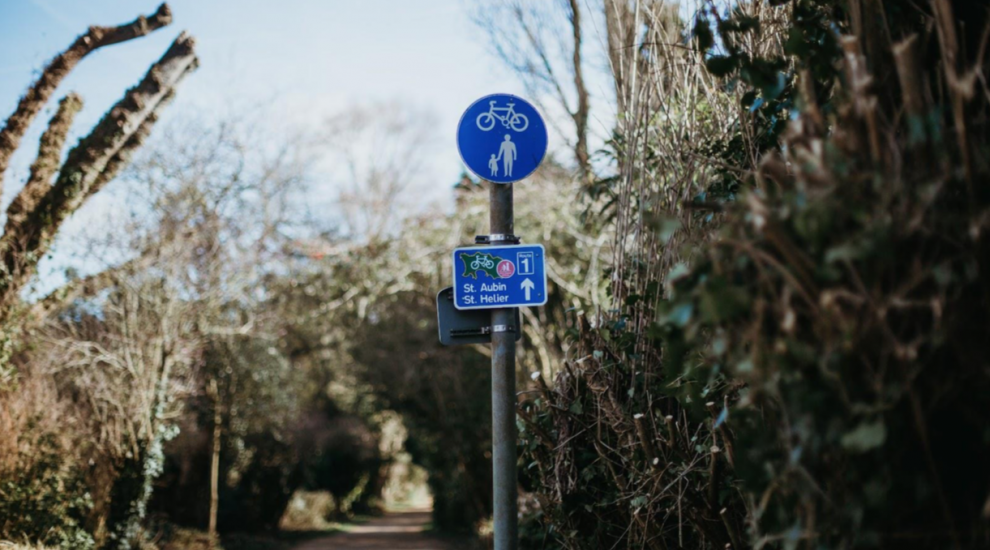

The definition of a 'park' could be expanded to include 'community orchards', an island-wide 'Tree Champion' appointed, and a 'Jersey Tree Fund' could be created to protect and expand the island's existing green cover further.
The ideas are included in the new Jersey Tree Strategy launched by the Environment Minister this month.
It aims to provide a framework for the future protection, management and enjoyment of trees in the island.
Express took a closer look at the plans...
The strategy originates from the Carbon Neutral Strategy 2019 and was commissioned by the Infrastructure, Housing, and Environment department of the Government of Jersey.
The public have expressed increasing concerns about the loss of trees, with 93.8% of 323 respondents agreed that a Tree Strategy is needed during a wider survey.
There is also increased global focus on the effects of climate change, which is reflected locally in the Government of Jersey’s May 2019 declaration of a climate emergency and commitment to Jersey reaching net zero emissions by 2050. Trees and hedgerows play a crucial role in the resulting Jersey Carbon Neutral Strategy and Carbon Neutral Roadmap, and the Species and Habitat Protection project.
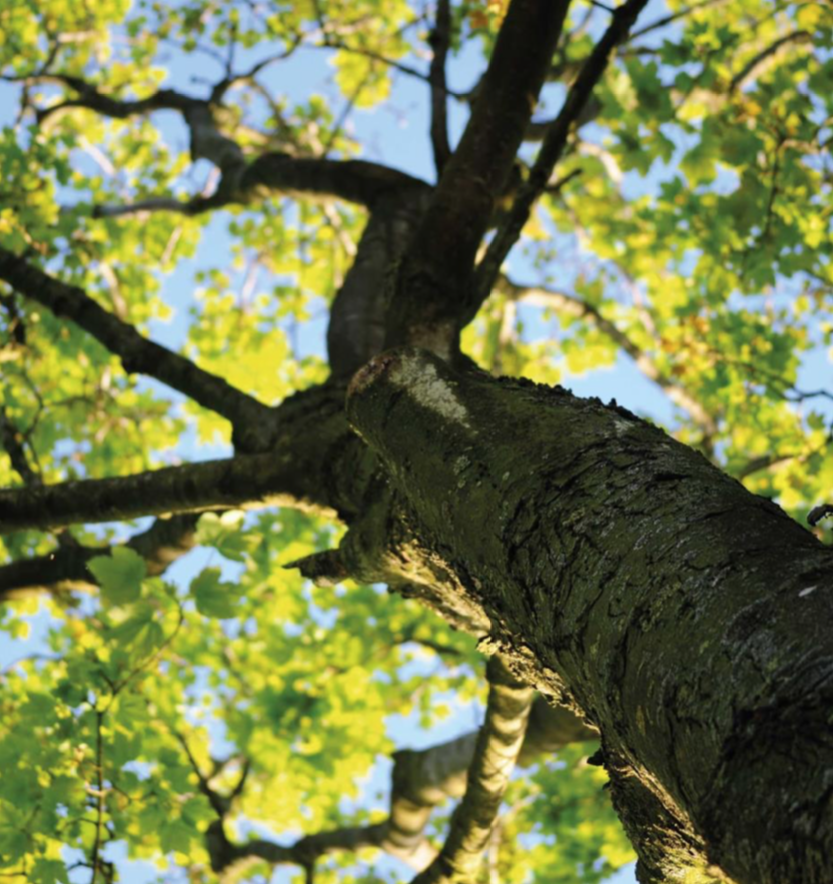
The importance of trees and hedgerows in the Island extends further beyond just carbon capture. Survey respondents who took part in the Jersey Tree Strategy project outlined benefits including natural beauty, habitats, climate resilience, peoples’ connection to these and to health and well-being.
The primary purpose of the Jersey Tree Strategy is to set out how Jersey will protect, manage, restore, and enhance our trees to ensure that future generations inherit more and healthier trees than we have now.
The report is split into two keys sections: the past and existing situation, and the direction from now onwards.
The strategy's focus on the history of trees on the Island explains how Jersey’s distinctive natural landscape is a direct result of its geological make up, and political and social history.
In the distant past, the landscape would have been unrecognisable, with the centre of the Island covered in oak and hazel woodland while the exposed coastal areas would have been naturally more open.
By the 13th century, many areas were prized for fuel and destroyed. This mass deforestation was reversed in the 17th century with the growth of the cider industry.
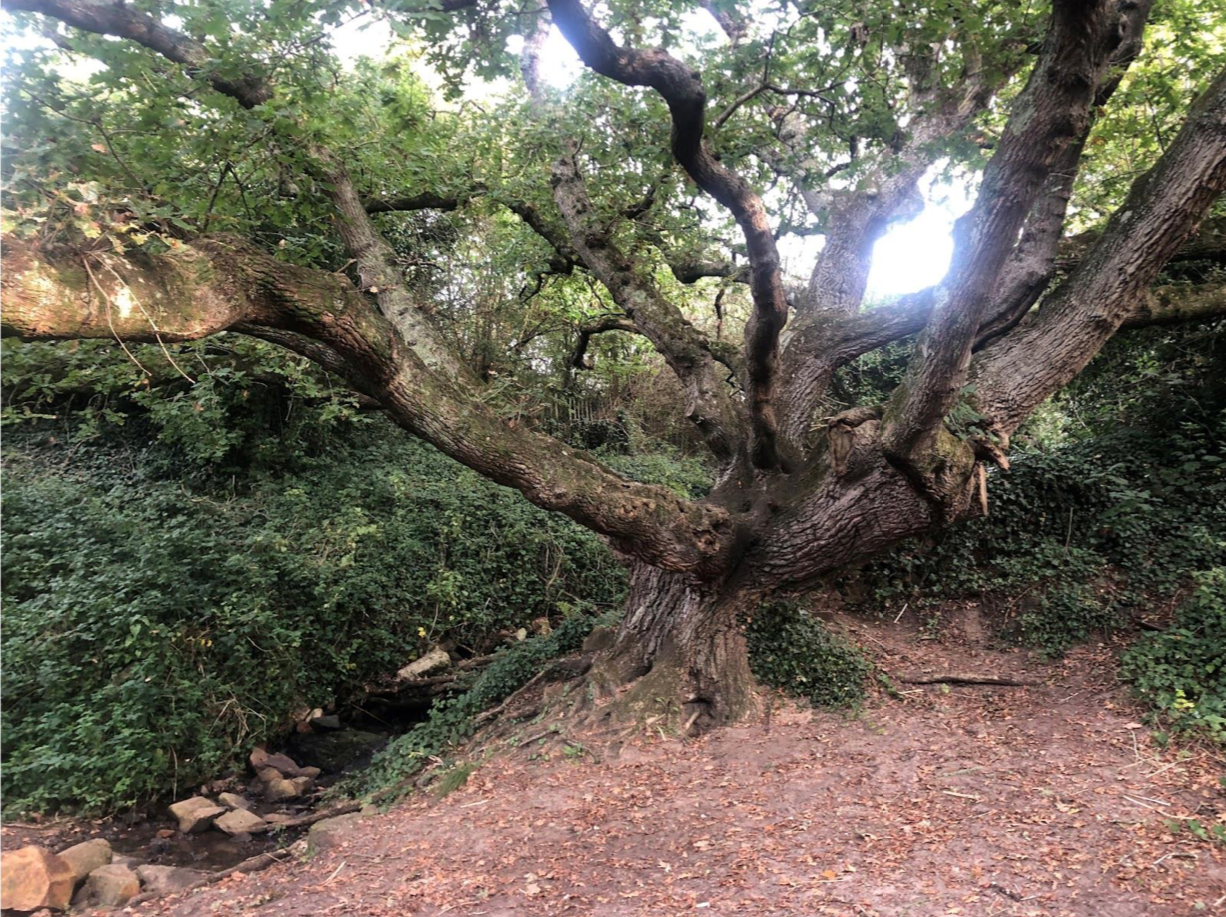
Pictured: Some trees in Jersey are more than 200 years old, but no woodlands could be classed as "ancient".
The fuel shortages during Jersey’s occupation during the Second World War led to the widespread felling of trees in the island.
Interestingly, this loss of trees during the war means most woodlands are semi-natural or artificial with most trees under 80 years of age. There are a few trees over 200 years old but no woodlands that could be classed as ancient based on UK definitions.
With the arrival of Dutch Elm Disease in the mid-1970s, Jersey’s hedgerows became degraded with a loss of approximately 80% of hedgerow trees.
The subsequent ‘Great Storm’ of 1987 also had a damaging effect on trees in many parts of the island. However, the recent history of trees in Jersey is one of increasing woodland cover and hedgerow planting with the 2011 habitat survey finding growing tree cover and hedgerows across the island.
Jersey’s landscape is closely linked to the Island’s history, and preserving its character forms an important part of local heritage and sense of place.
The Jersey Tree Strategy discusses the need for more up-to-date information about current trees to enable well-informed decisions, as well as creating a baseline for the future in order to set specific measurable targets against.
The creation of a new Jersey tree map will provide a comprehensive database of location, height, and canopy/crown extents for every single tree that is 3m and above in height. 'Opportunity maps' identify the best places to invest time, resources, and money to achieve sustainable outcomes, the Tree Strategy says.
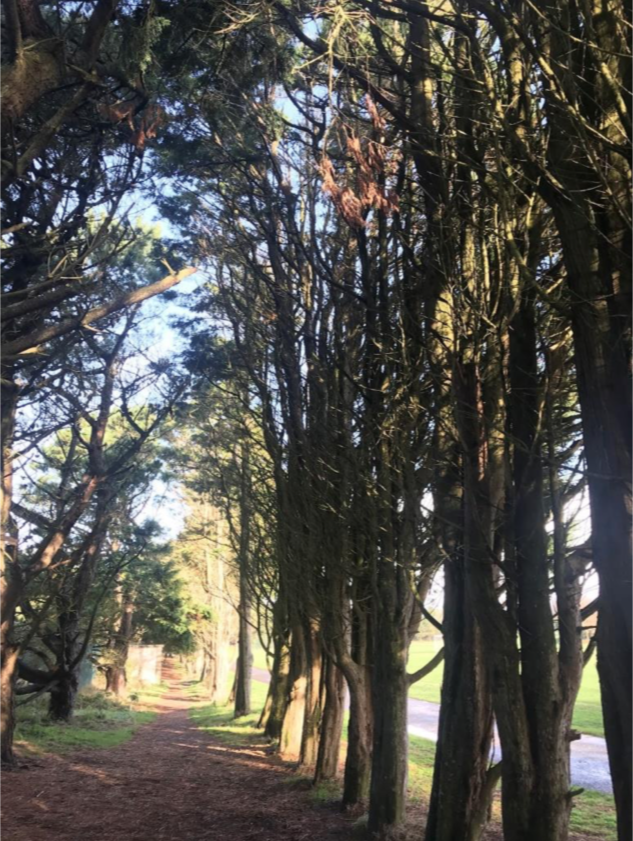
Pictured: It's hoped that a comprehensive database of Jersey's trees can be created.
It is also important to know which trees are native or unique to Jersey, as these will be prioritised in future planting if feasible. One example of this is the Jersey Elm (Ulmus minor sarniensis), which is a popular tree in urban planting across the UK and also one of the few survivors of the Dutch Elm Disease.
Once the new Jersey tree map is created, the proposed actions from the conclusion of the Jersey Strategy can be carried out from a baseline point. it is advised that this baseline should be updated and monitored using remote sensing to assess progress and spot breaches that can be identified and acted on.
As well as maintaining, managing and protecting existing trees, the strategy also outlines plans to establish new trees.
The planting of these new trees will particularly focus on areas that aren’t typically seen as ‘green spaces’, such as residential areas and new developments.
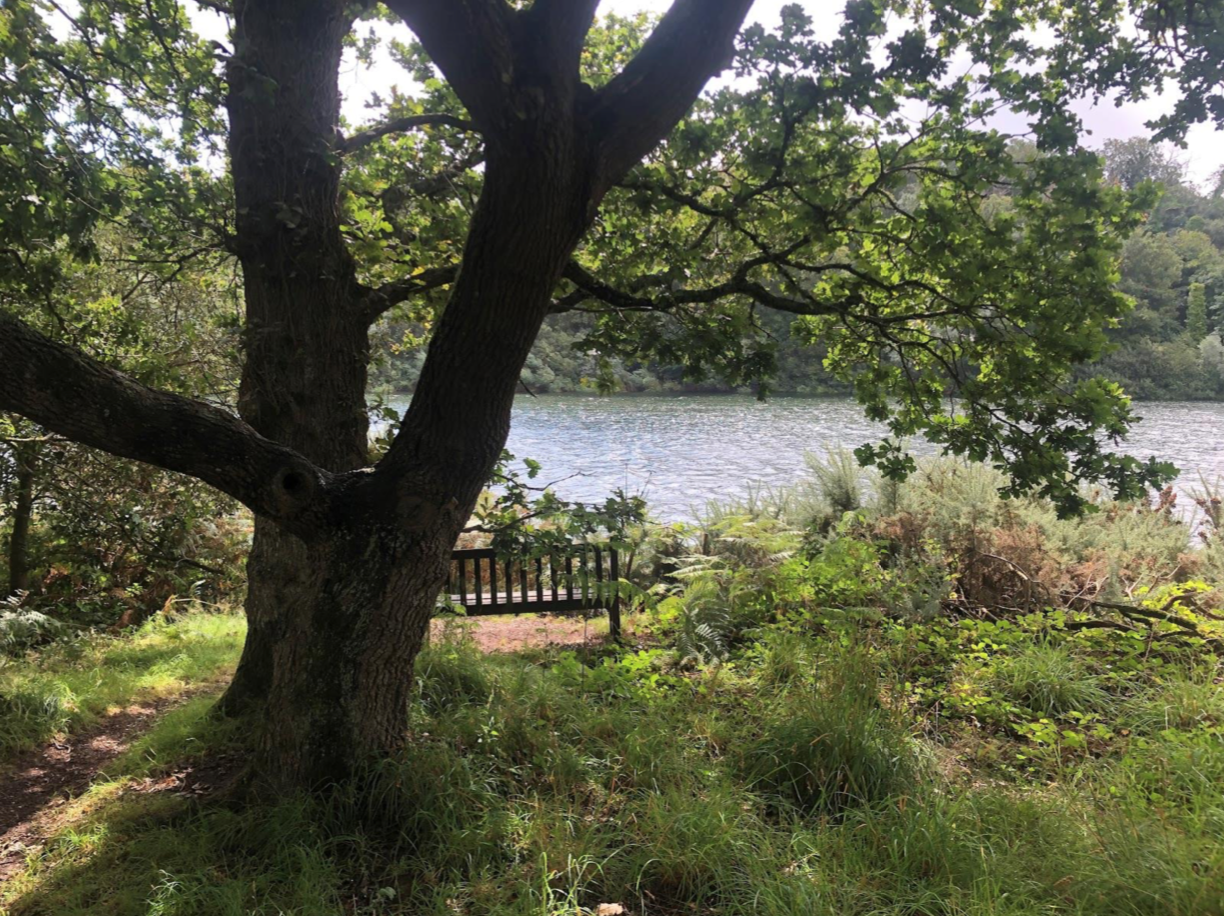
Pictured: The definition of 'parks and gardens' could change in future to include things like community orchards.
This will expand the traditional notion of parks and gardens to greener streets and micro pocket parks and meeting places, community orchards or scattered fruit trees, and play spaces with natural materials.
In order to achieve this, it is proposed that a 'Tree Champion' for Jersey is appointed, who will be supported by additional Parish-level champions.
Alongside this, a sounding board of stakeholders will be set-up in order to work on the details and implementation of the strategy.
With specialist advice, stakeholders will collaborate on firming up details of protection laws, policies, exemptions, scales and clear easy to use procedures and what they mean and how they work in practice.
Funding is planned to be increased for parks and outdoor spaces in light of the evidence of their role in wellbeing as places to meet and socialise during the pandemic.
In addition, there will also be more funding for the enhancement of green infrastructure, providing functional connectivity for nature and people.
Businesses will be encouraged to invest in green initiatives, and a Jersey Tree Fund is also to be set up for people to contribute to.
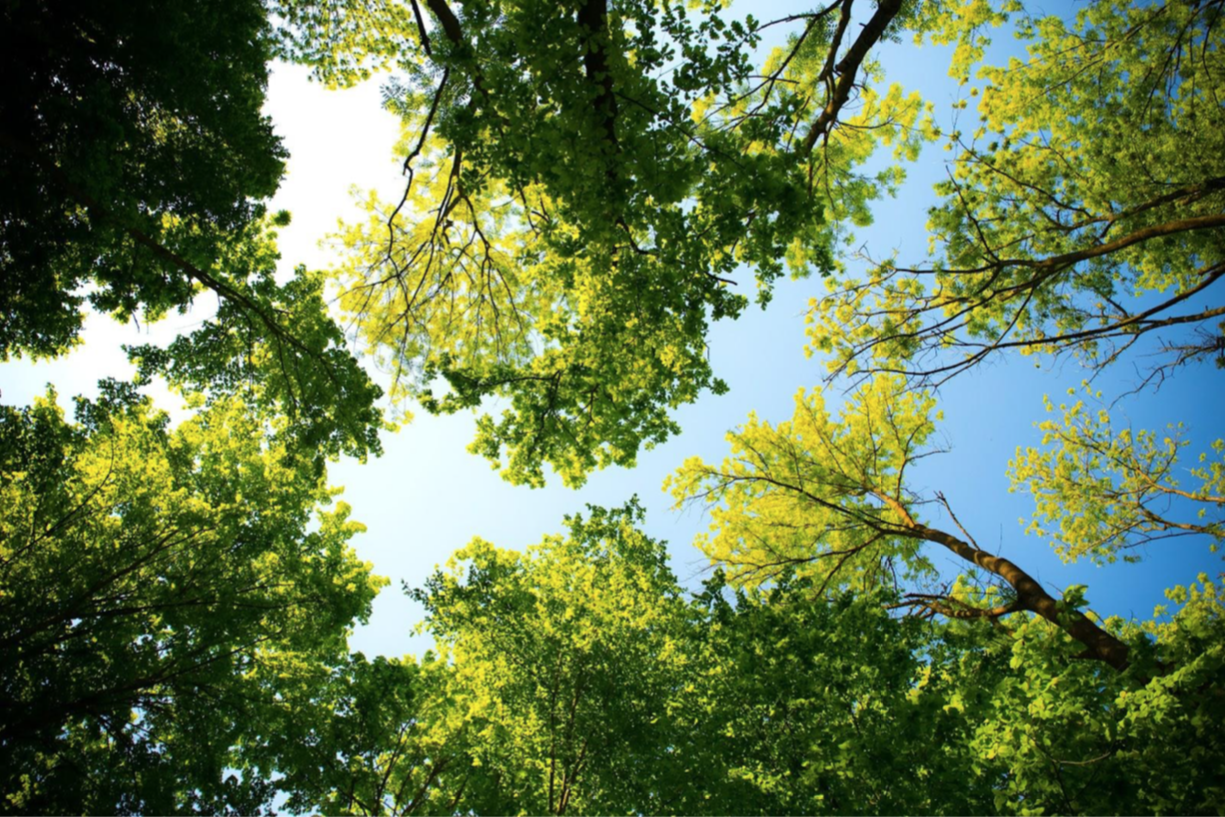
Pictured: The strategy suggests setting up a 'Tree Fund' businesses and people can contribute to.
There are also plans to increase access to, education about and engagement with nature for people of all ages.
This includes the creation of a centralised information hub on gov.je for all tree, hedgerow and woodland information regarding current procedures, changes underway, guidance and standards. It is proposed that this should include; details about the benefits of trees, personal responsibility, guidance on tree and hedgerow management, treatment of diseases and pests and guidance about the suitability of different trees for certain areas.
There will also be links through to the tree survey map, map of special trees, and opportunity map.
The strategy also suggests expanding the curriculum to include environmental education for all years as well as developing a resource hub for educators, including funding for more school trips into green spaces, online classes, and self-guided walks.
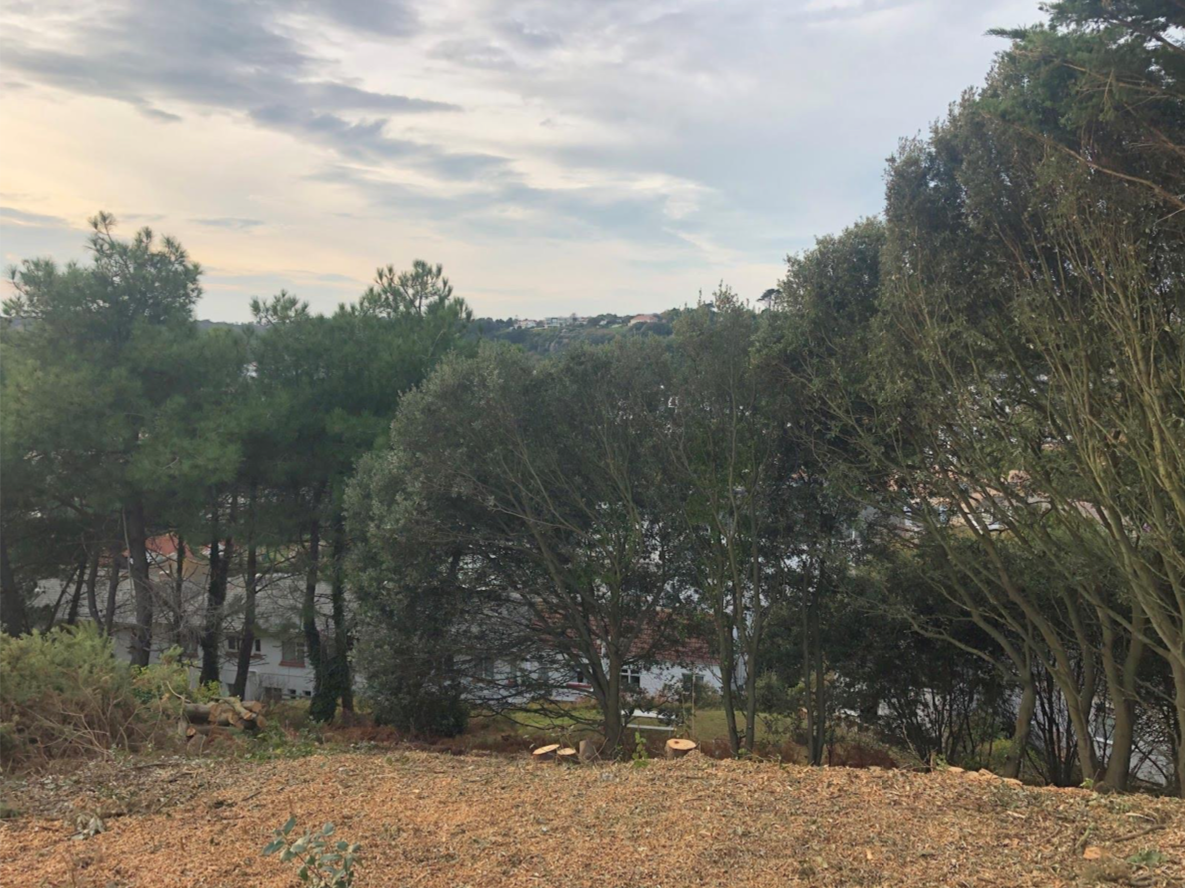
Pictured: Could tree education feature on the curriculum in future?
There are also plans to create new arts and events around trees in order to improve public understanding and appreciation for local trees.
It is hoped that these initiatives encourage long-term behaviour change and engage the community with planning, planting, maintenance and surveying of the Island’s future landscape.
Summarising the importance of the long-awaited Tree Strategy, Environment Minister Deputy John Young said: “It is about realising their many benefits, their beauty, shade, birdsong, wellbeing, history, climate resilience, and much more."
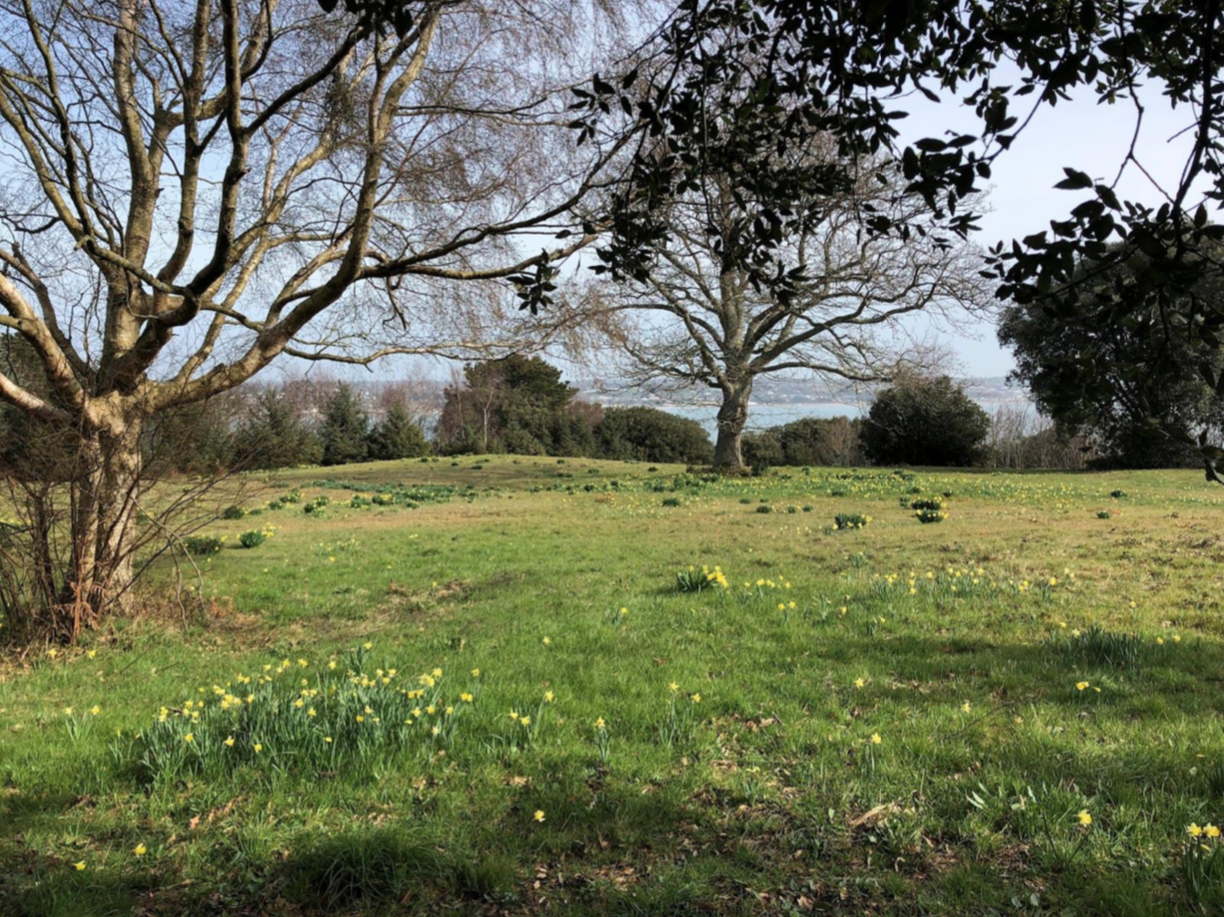
Pictured: The Environment Minister said the strategy acknowledged trees' contribution to shade, birdsong, wellbeing, and climate resilience among other things.
He added: "This strategy helps us to lay the foundations or roots if you prefer, to ensure trees are rightly afforded robust protection for the benefit of the current and future generations.”
You can read the Tree Strategy in full by clicking HERE.
Comments
Comments on this story express the views of the commentator only, not Bailiwick Publishing. We are unable to guarantee the accuracy of any of those comments.